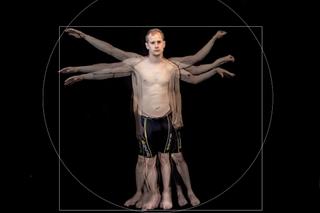

Variations
Darcey Bella Arnold, Jordan Dymke, Kieren Seymour, Mark Smith
30 Nov 2021–28 Feb 2022
Variations
Darcey Bella Arnold, Jordan Dymke, Kieren Seymour, Mark Smith
Curated by Michael Camakaris
A few questions…
What are the purposes of our major art institutions?
Indeed, what is the purpose of art? Google suggests a variety of answers; but some common ones are to understand our world better, to inspire others, to better humankind and to increase empathy in others.
How are any of these possible when our collections represent mostly white, male artists? The percentages range from mid-seventies to high eighties, while around half the population does not identify as male. Furthermore, most represented artists are able-bodied. The National Gallery of Victoria (NGV), Australia’s oldest and most visited art museum has, since it was founded in 1861, had only male directors, so I guess it really isn’t that surprising. We want diversity in the leadership of our arts, media and creative organisations.
A good question to ask an art curator is “why this kind of show now?” So why have I focussed on disability? I’m trying to redress the balance! Hence, the title I have chosen for this exhibition is Variations, something I believe is sadly lacking in the major art world.
In 2017, the Australia Council for the Arts found that around 9% of practising artists identify with disability and that the majority of these artists say that disability affects their creative practice at least some of the time. (Throsby D & Petetskaya K 2017, Making Art Work: An Economic Study of Professional artists in Australia, Australia Council for the Arts.)
It is important for me to acknowledge that I too have disabilities, so the narrative voice is someone who is coming from a similar place. My aim is to not only present the work of disabled artists, but to also represent how the artists see themselves, thereby giving them agency, voice and empowerment.
The focus of the exhibition touches on the relationship between the disabled artist, their lived experience and their choice of artistic expression. I chose this particular theme to advocate for disabled artists, as they are generally under-represented, and often lack a say in how they are presented. Their work is rarely placed front and centre. Often their inclusion is a token gesture toward equality.
It is important to me that all four artists have had some input into the works that were chosen, as well as a voice to complement their works. Also, it is important that all the work I chose was based on artistic merit. The fact that all the artists are disabled (apart from one, who is working with their mother) is not the point. Instead my aim is to shine a light on a certain part of the spectrum of humanity that is too often put in the shade. I believe this can enrich our lives.
The four artists represented in Variations are: Darcey Bella Arnold, Jordan Dymke, Kieren Seymour and Mark Smith. In looking across the work of all four artists, similar themes emerged – the representation of the body and the environment it inhabits, the use of words and the appropriation of art history. This is often done with a playful attitude.
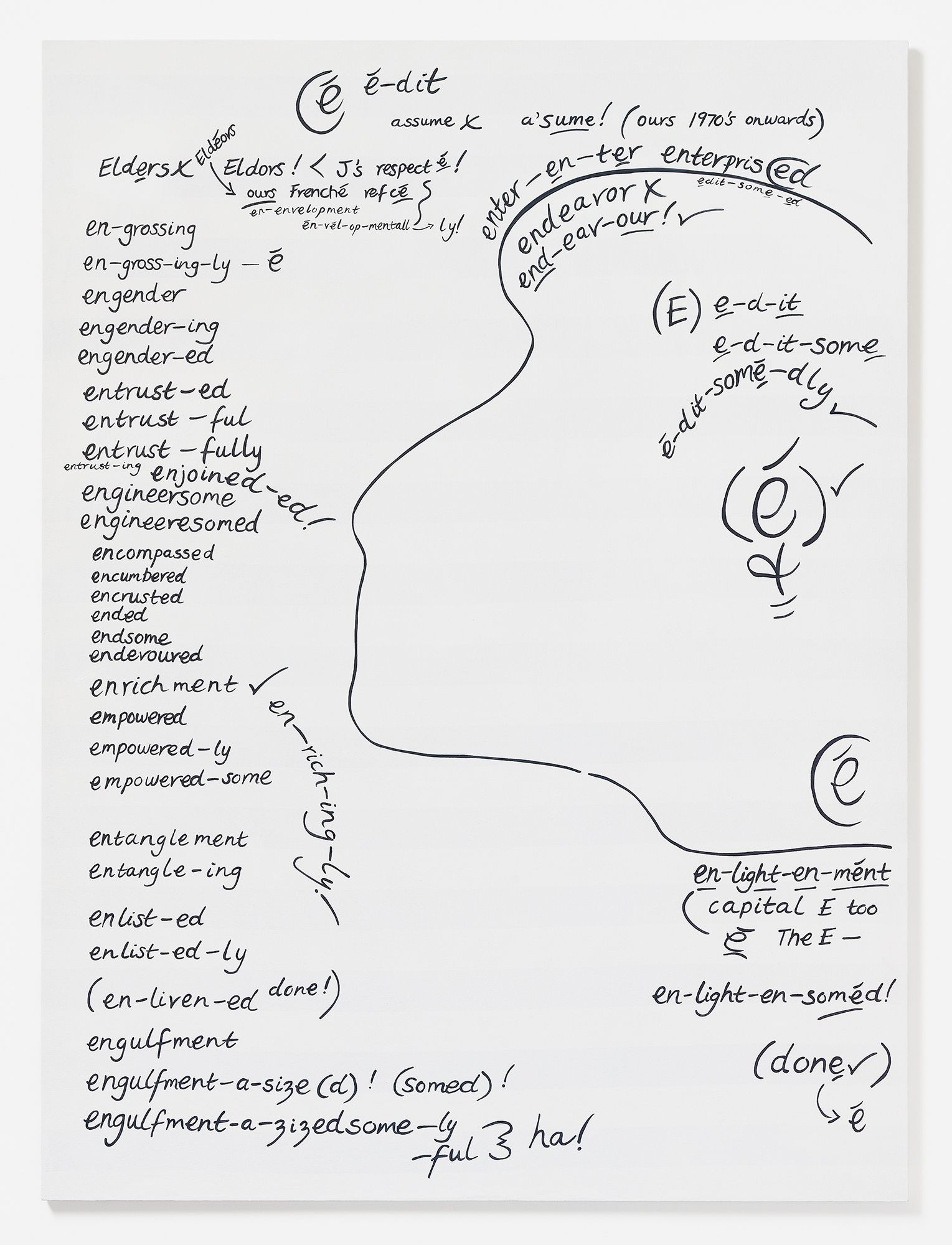
In the case of Darcey Bella Arnold, the disabled person is their mother, Jennifer. She has an acquired brain injury, and for roughly seventeen years Bella Arnold has been one of her carers. Bella Arnold said, “I feel being a carer and artist for me are intangibly linked.” Their work reminds one of concrete poetry, an avant-garde movement that evolved in the 1950s. The work e-dit looks like a word play game of words beginning mostly in “en”. Perhaps, as a past teacher, Jennifer is using some of the conventions for showing pronunciation. The work is both literal and symbolic at the same time.
"Continuing to think about text, because the text in some of my paintings is unconventional, the viewer might be left with a feeling of puzzlement. I use text to some degree as a patterning device to create the composition, and so it is abstracted and is not designed to be read like a traditional page, left to right, but your eye darting around the image to gather information. So, a painting might display as visual information, but what is occurring on the canvas is these two elements at play."
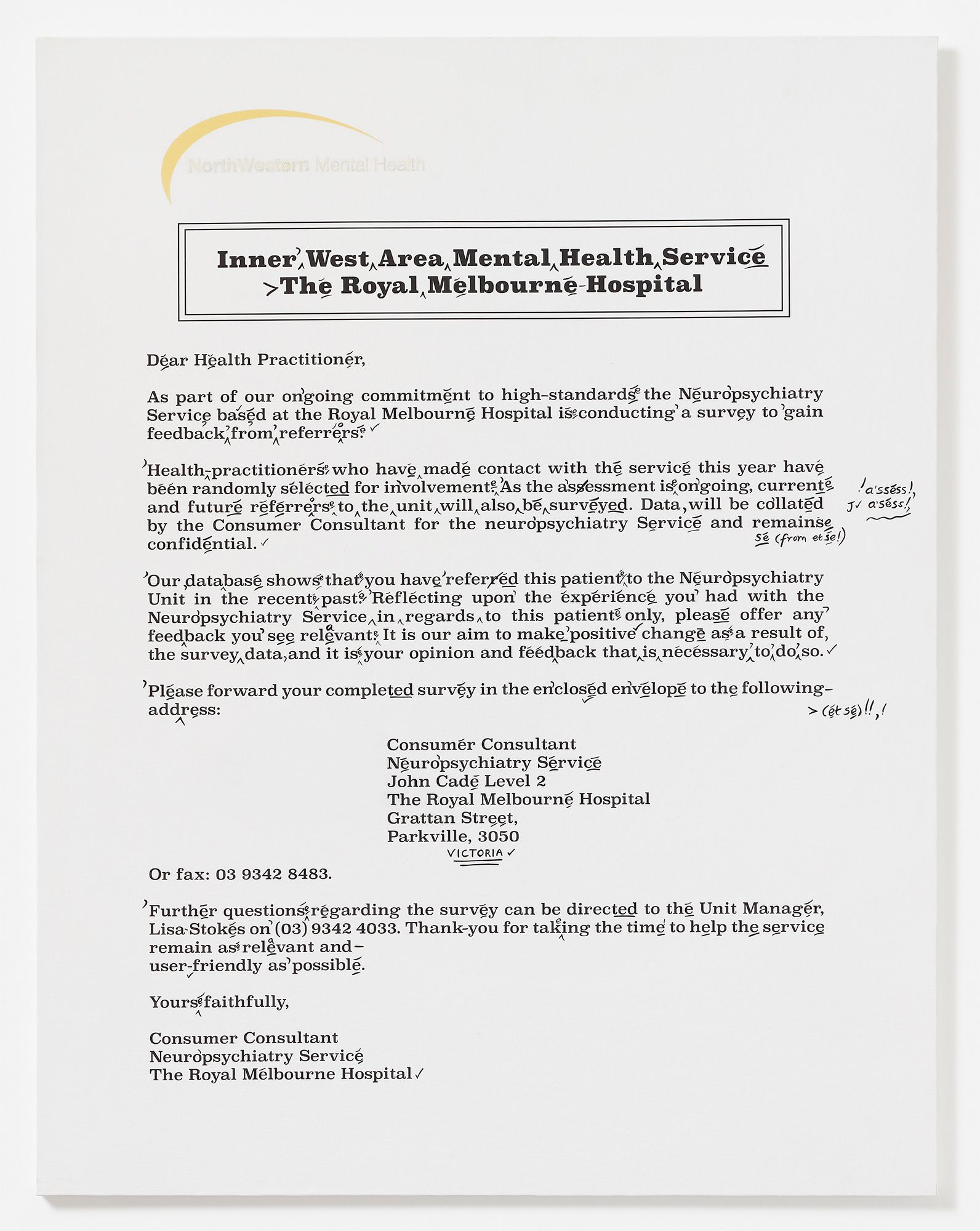
In NorthWestern Mental Health, the work at first seems to be merely a medical letter. However both works are elevated to the status of a work of art in that they are done with the medium of acrylic on a canvas board that is framed and massively over-scaled. In the latter work, a formal printed letter from the Neuropsychiatry Department at the Royal Melbourne Hospital, Bella Arnold presents us with the letter after it has been proofread by their mother, but ironically her corrections render the text harder to understand through its “incorrecting” of what was already correct! However for their mother and the world she inhabits, it is in fact paradoxically correct!
There’s nothing wrong with drinking tea: Disability, memory and language by Bella Arnold. Edited by Jennifer Anne Arnold. From My Mother’s Labour, 2018. Courtesy the artist and ReadingRoom, Naarm/Melbourne.
Visual Description: A typed three-page essay written in the first person full of handwritten corrections including underlines, ticks, question marks and words.
In There’s nothing wrong with drinking tea: Disability, memory and language Bella Arnold, through an essay, gives us a moving and at times humorous personal account of Jennifer’s life since her surgery, and like the previous works, Jennifer’s corrections appear throughout.

Much of Jordan Dymke’s work focuses on investigating the body and interrogating the notions of what is indeed perfection. Vitruvian Man II appropriates Leonardo da Vinci’s 1490 work Vitruvian Man. In Leonardo’s drawing he explored the concept of the ideal human body proportions, according to the Roman architect Vitruvius.
Dymke, who has cerebral palsy but doesn’t see himself as disabled, challenges the view of this very concept, asking us what is or isn’t perfect, and does such a thing even exist? Why does it even matter anyway? Isn’t it the character of the person that should be the most important attribute? Indeed, we all live in an imperfect world, so why on earth do some of us feel the need, sometimes even through surgical intervention, to have this faked perfection?
When asked about Vitruvian Man II, Dymke responds, “What is perfect? I’m not perfect. Here I am!”
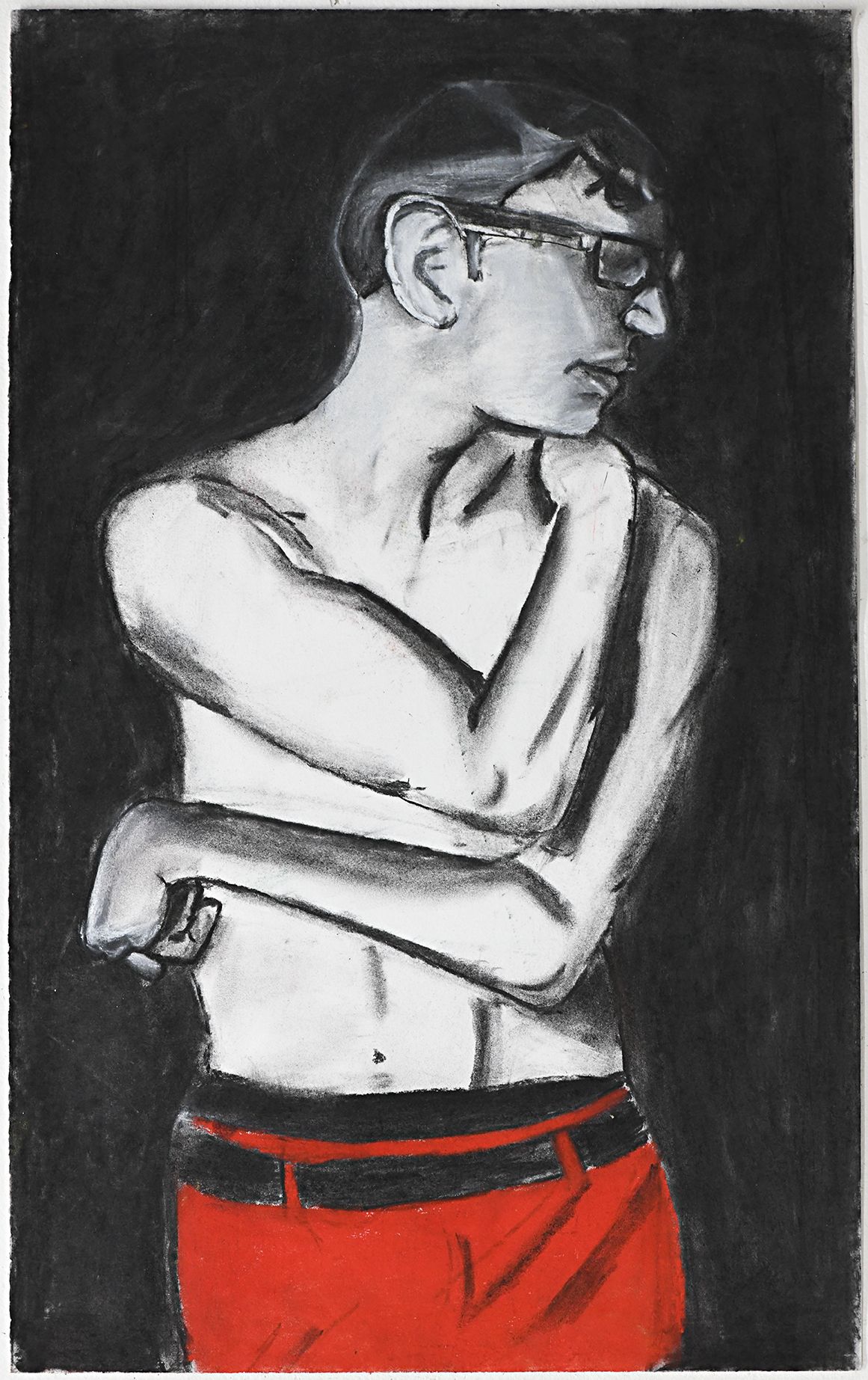
In his upper torso self-portrait he proudly presents the viewer with his body up close.
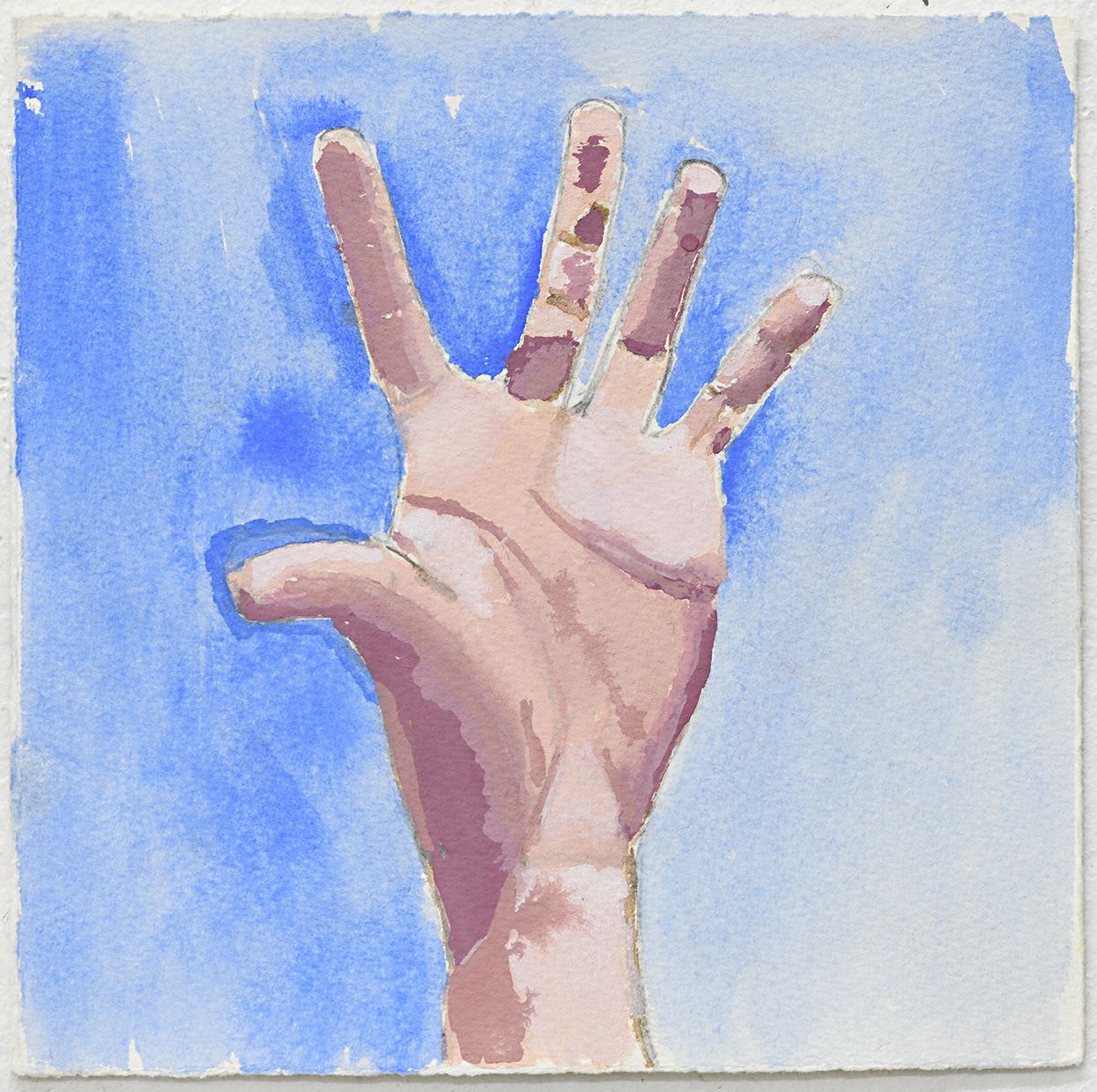
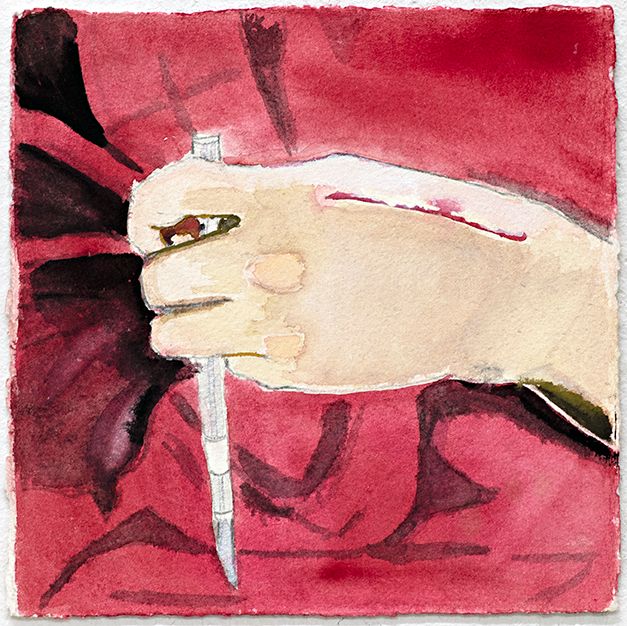
The portraits of his hand are also really self-portraits of the artist, as the hand is the tool of his creativity and is also a motif for his disability. This is very much a key part of the aesthetic style and character of much of his art, including the ceramic work. He says the reason he keeps most of his works untitled is to allow the viewer to make up their own interpretation so that “they might see their own experience in them.”

In Kieren Seymour’s three paintings, just a snapshot from the twenty-three paintings from his 2021 exhibition, Autism, Bitcoin and the Four Seasons, the artist creates a universe which is inhabited by an array of characters. Some of these are human; perhaps the artist himself or people he knows, yet they seem out of proportion, which makes everything feel a bit odd. Others are fantastical creatures, maybe mythological, or from the artist’s own imagination. Perhaps they are used as symbols, and/or allegories, for Seymour’s exploration of the act of being different, as a result of his and his friends’ autism.
He says, of the works included in this exhibition, “… they’re about getting by, surviving, socializing.” The varying scenes present to the viewer the spectrum that is autism. It is a multitude of conditions, and no one person with autism is the same as the next. The bitcoin of the exhibition title, as well as the work Watching YouTube, gives the scenes an up to date relevance, a zeitgeist for our times! Bitcoin also refers to the artist selling digital versions of each of the paintings as Non-Fungible Tokens (NFTs) alongside the real thing.
When asked about showing work in an online exhibition and where he sees digital technology taking his work, Seymour responds “Digital is cool. I like metaverses. I want to do more digital painting when the tech is better. Like full scale tablet kinda thing.”
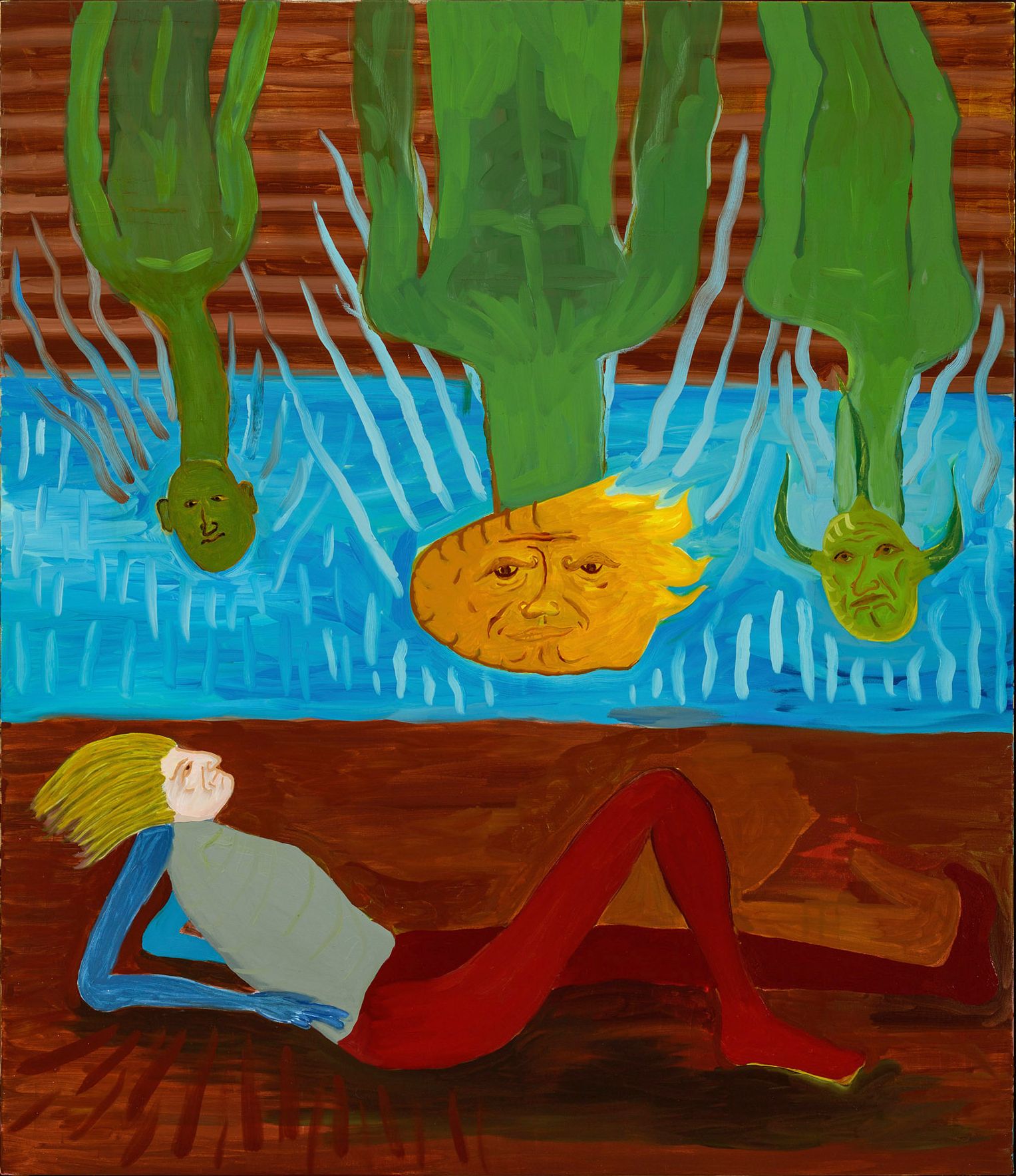
The work Choose A Mask is something I can personally relate to, as someone who is also on the autism spectrum and has felt obliged to consciously put on what I feel is a correct persona for the particular social situation. Also relatable is the work Dinner Table, where the subjects appear to find the circumstances overwhelming. The four seasons of the exhibition title may suggest that one’s life, in its entirety, is always fluid and constantly changing. Seymour says “… I read that we change constantly so our relationship to all things changes simultaneously.”
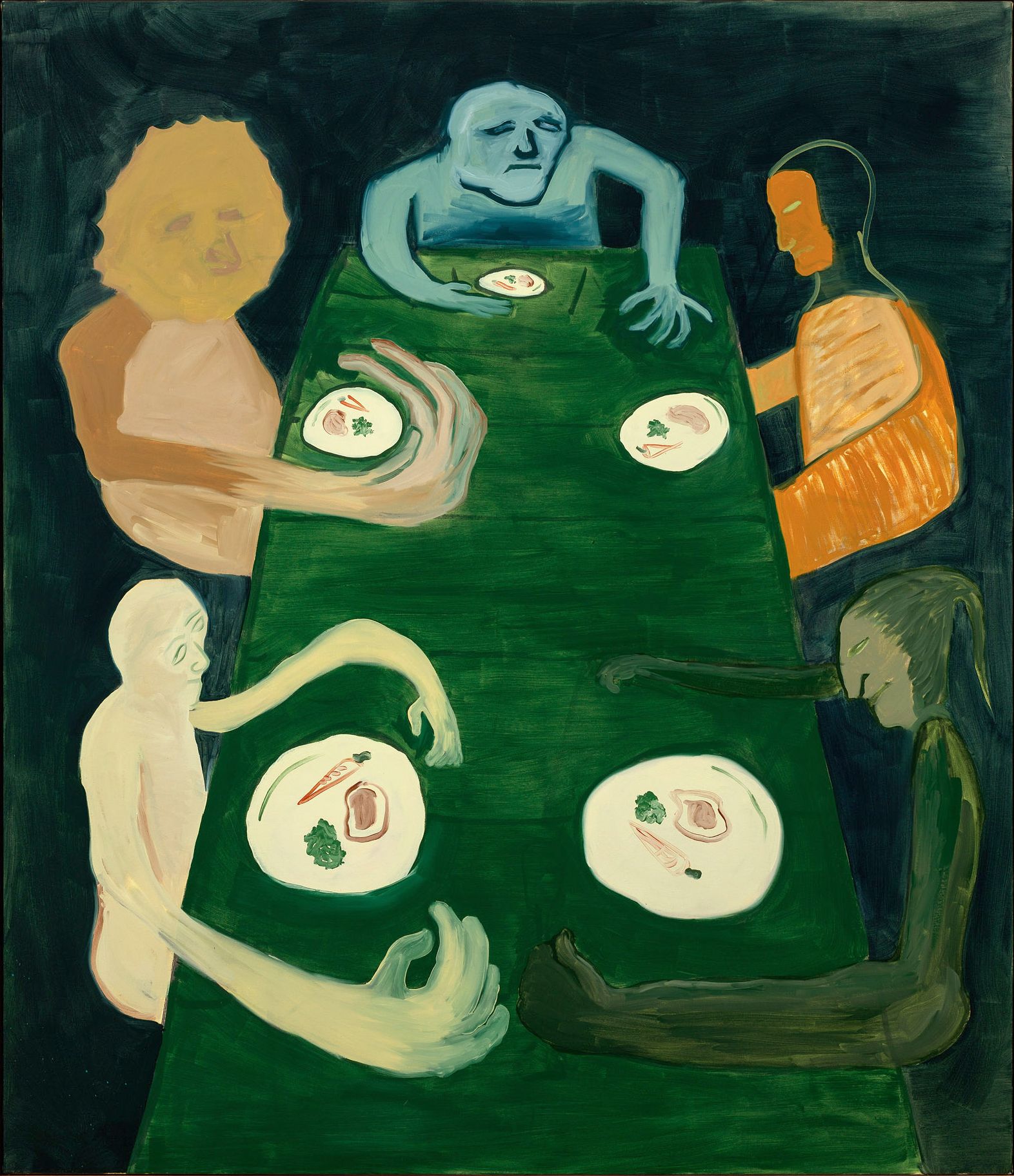
Life-affirming is what comes most to mind when looking at the work of Mark Smith. Disabled due to a car accident after completing his VCE, Smith discovered the cathartic applications of art. His style is directly a result of this one life-changing event, with his lack of coordination and control of his fingers resulting in his distinctive thumbprint. He works frequently with words, across the media of soft sculpture and ceramics, and leaves his work deliberately ambiguous. Smith cites Dadaism as an influence, with their use of collage, sound poetry and cut-up writing. If one considers his life’s journey, significance can be attached to the words he has chosen to highlight to the viewer, especially when more than one of his word works are seen together.
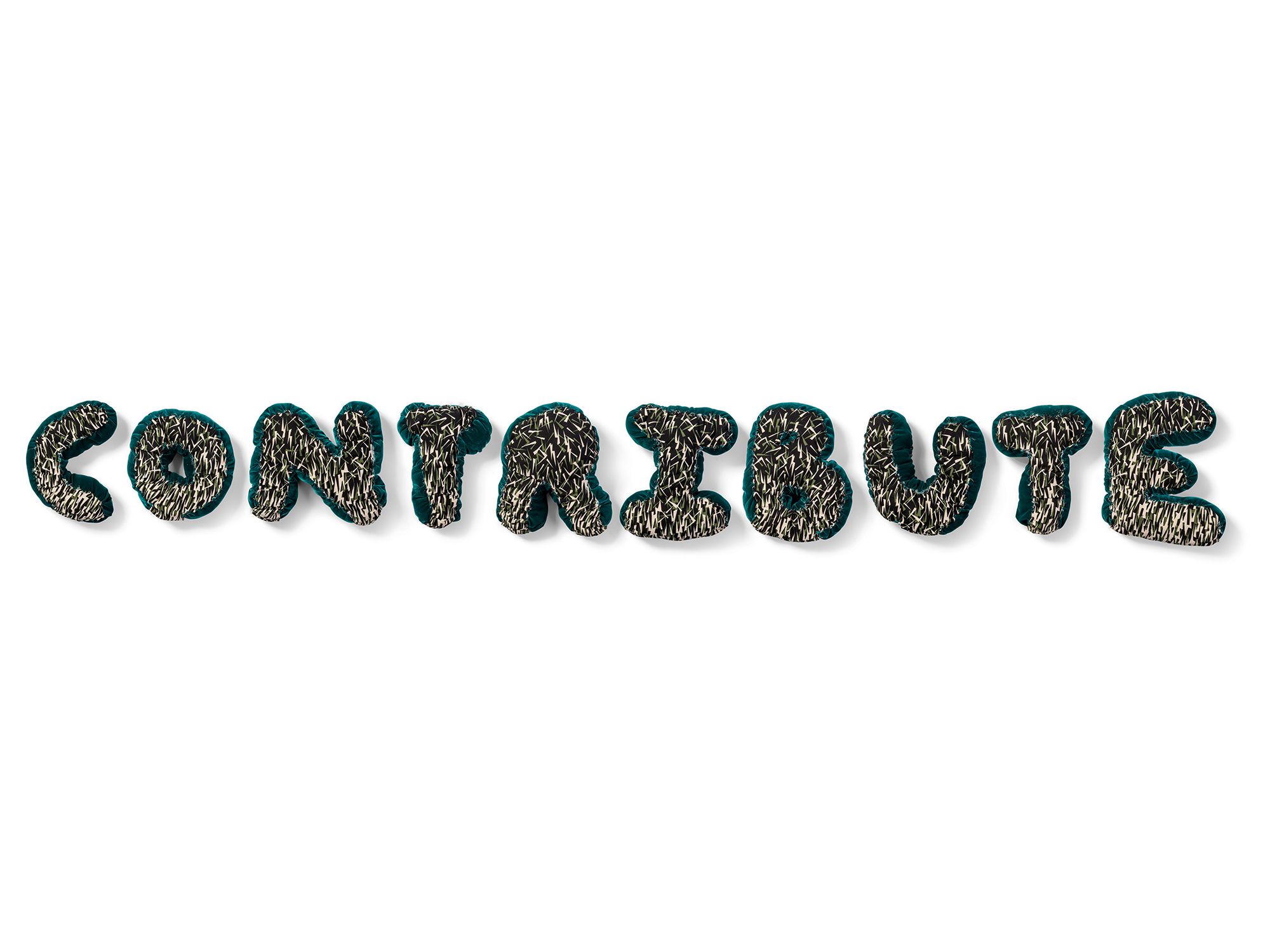
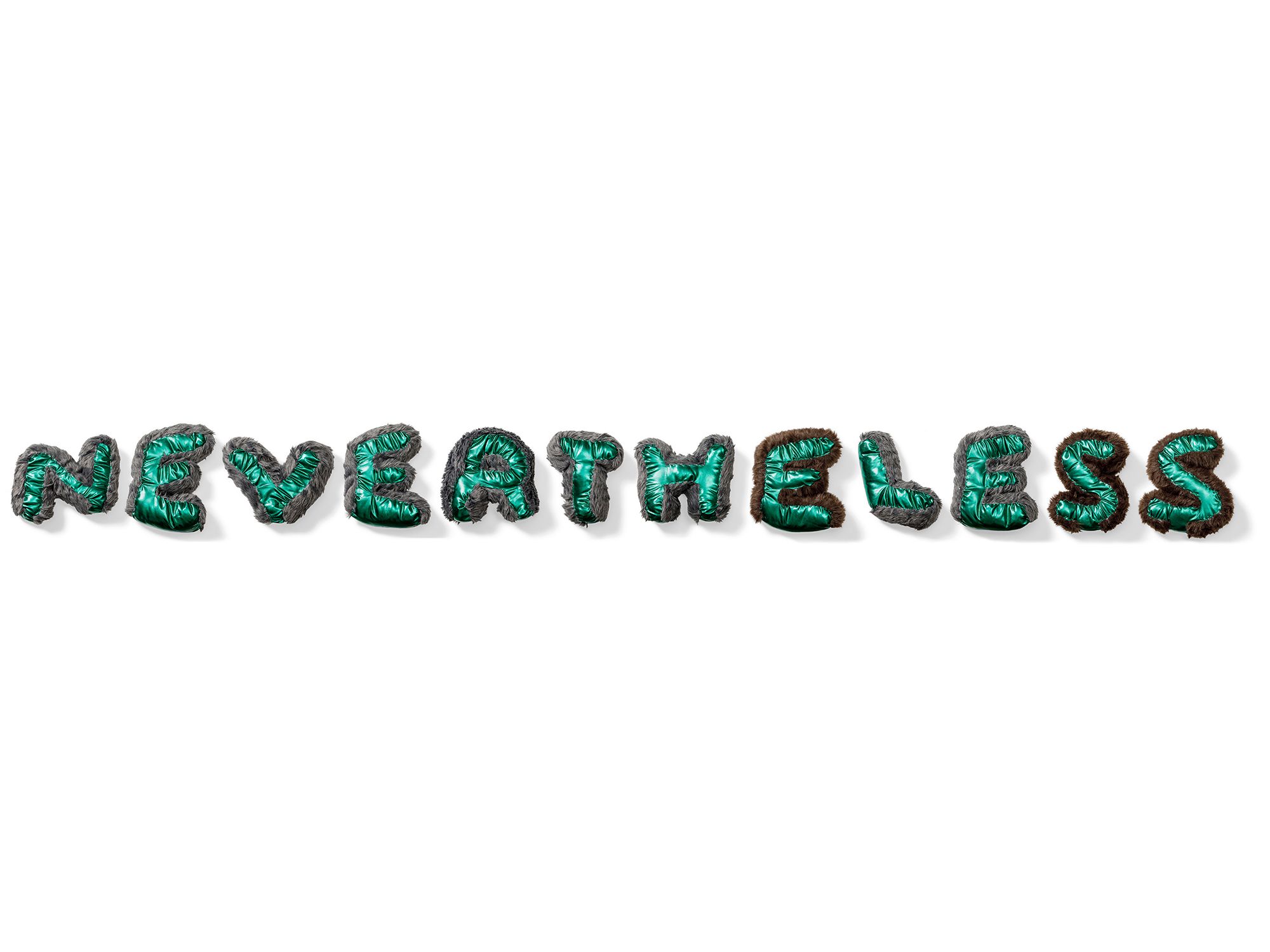
Consider the works Contribute and Nevertheless. A certain dialogue starts to emerge of a person who has overcome many hurdles in his life. Perhaps, the voice of someone proving to others, who doubted him, that they were wrong: I can, despite a major setback, “nevertheless” “contribute” to society. These word works can of course still be read individually, with motivational posters coming strongly to mind.
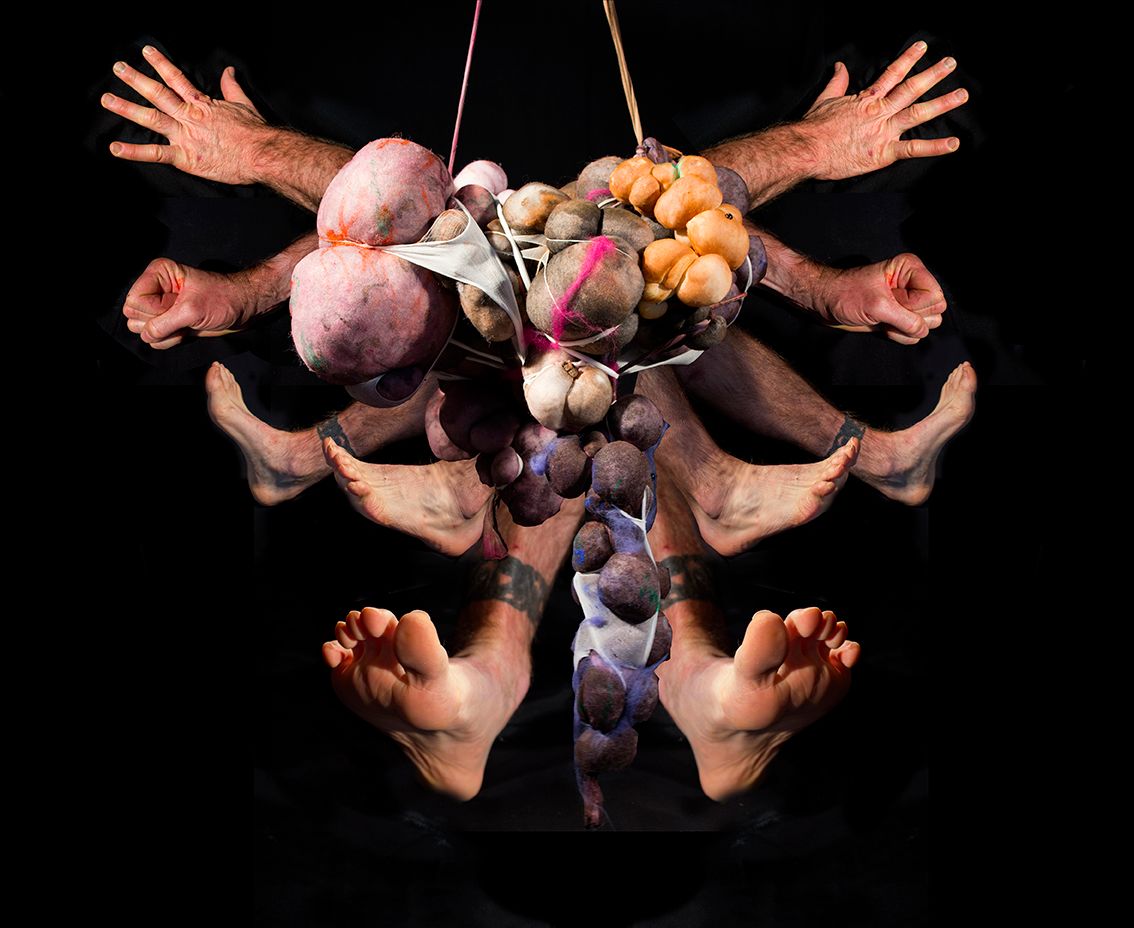
In Smith’s work, Ugly/Beautiful, the artist’s hands and feet, as well as some innards, come bursting out towards the viewer. There is this joyful feeling of “This is me! Take it or leave it! I really don’t care!” The colour palette and dynamism is reminiscent of a baroque altarpiece, perhaps a connection to Smith’s Christian faith.
“After my accident I was told I’d never walk again. I proved them wrong. I consider limitations and barriers imposed onto me as an invitation/motivation to fuel my determination to create and succeed. My works are ambiguous to the viewing public however, my greater intention is to break down preconceived understandings of disability. My life’s experiences are definitely inspiration for my artworks.”
Exhibition text by Michael Camakaris, 2021.


















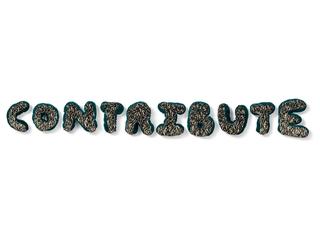





Variations, curated by Michael Camakaris, is part of the Blindside Artist Mentorship Initiative.
Michael Camakaris is a multi-disciplinary artist from Arts Project Australia (APA), a creative social enterprise that supports artists with intellectual disabilities, promotes their work, and advocates for their inclusion in contemporary art practice.
The Inaugural Blindside 2021 Artist Mentorship Initiative is a structured three-month internship program supported by the City of Melbourne that engages an early-career artist, curator or arts administrator with a disability to work on a self-devised project with advice from Blindside personnel.
1 - 30 OCTOBER 2023
Variations is on exhibition at ARTS PROJECT AUSTRALIA
Collingwood Yards Gallery
Opening Saturday 1 October 2022, 3–5pm.
In Michael’s own words, “the focus of Variations touches on the relationship between the disabled artist, their lived experience and their choice of artistic expression. I chose this particular theme to advocate for disabled artists, as they are generally under-represented, and often lack a say in how they are presented. Their work is rarely placed front and centre. Often their inclusion is a token gesture toward equality”.
The exhibition features works by APA artists Mark Smith and Jordan Dymke alongside Darcey Bella Arnold (ReadingRoom) and Kieren Seymour (Neon Parc).
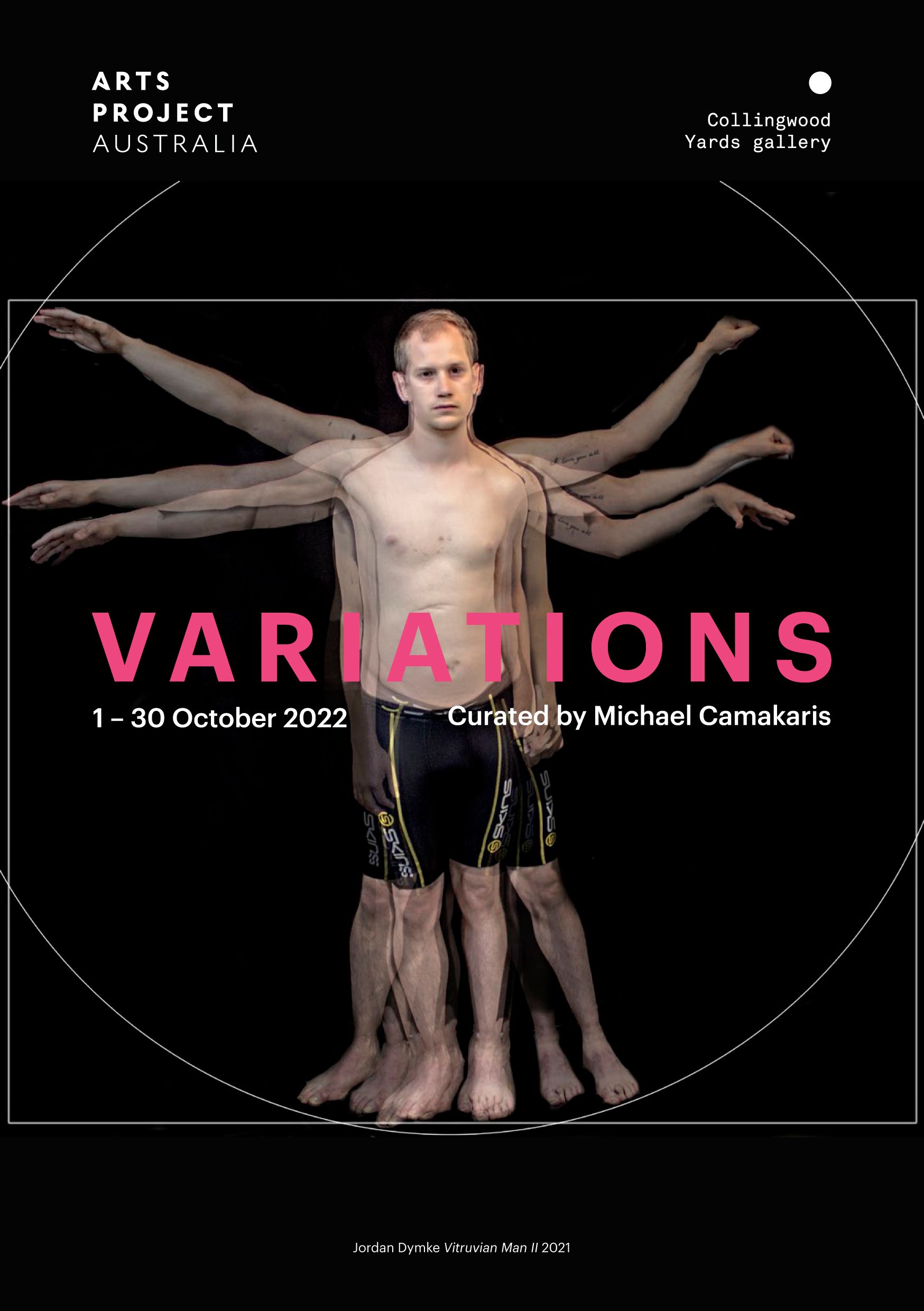
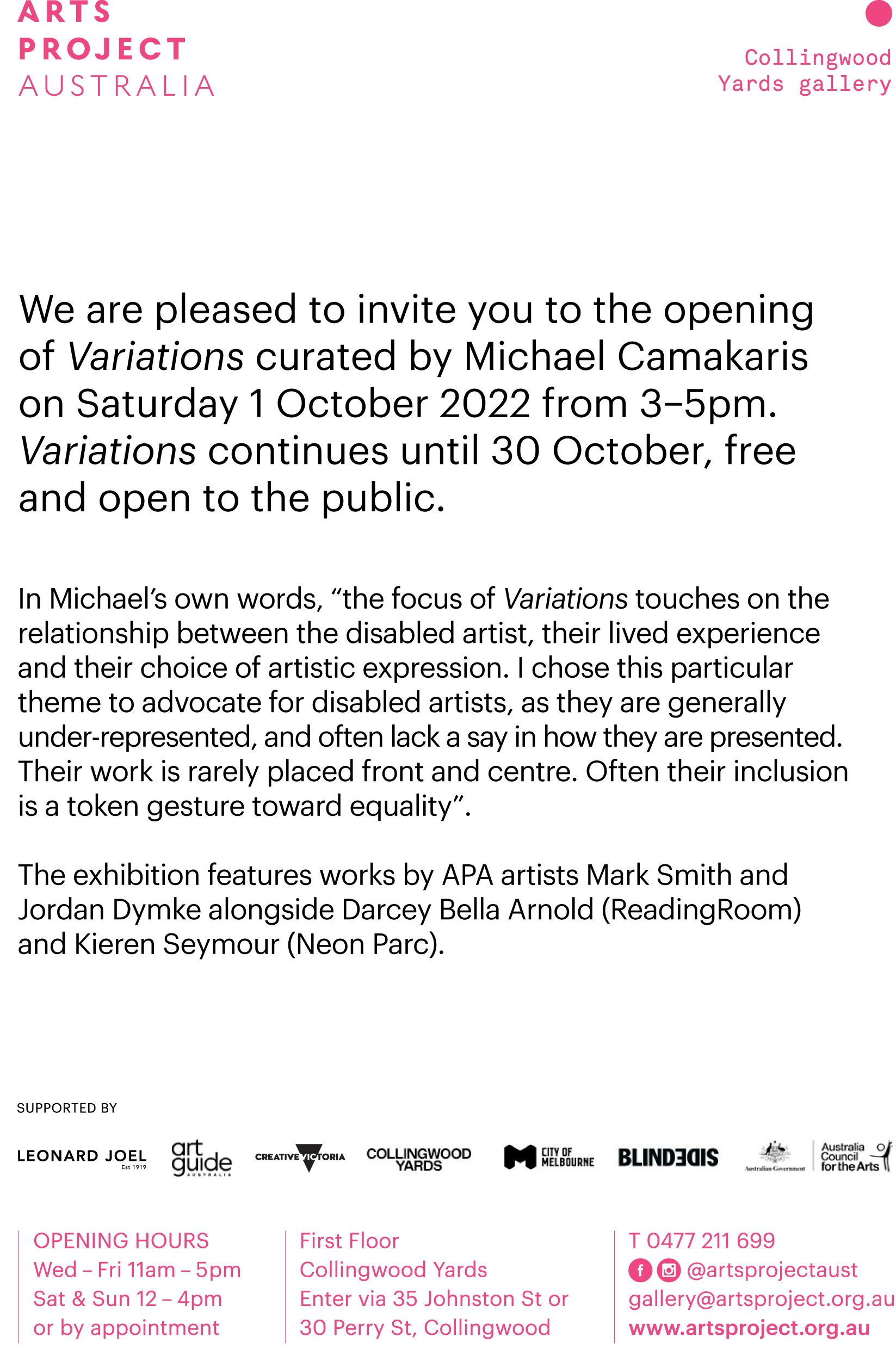
This program takes place on the land of the Wurundjeri people of the Kulin Nation. We recognise that sovereignty was never ceded - this land is stolen land. We pay respects to Wurundjeri Elders, past, present and emerging, to the Elders from other communities and to any other Aboriginal or Torres Strait Islanders who might encounter or participate in the program.
Darcey Bella Arnold completed a BFA, Drawing at the Victorian College of the Arts in 2007, and a BFA, Honours at Monash University in 2009. A selection of recent exhibitions include: 'me say edit be', ReadingRoom, Melbourne, 2020; 'My Mother's Labour', Sutton Gallery Project Space, Melbourne, 2018; 'Folded brick', Neon Parc Project Space, 215 Albion St, Darcey Bella Arnold and Deimantas Narkevičius (LTU) curated by Paulius Andriuškevičius and Nicholas Kleindienst, 2018; 'Talking with the Taxman About Poetry', Testing Grounds, Melbourne Arts Precinct, 2017.
Darcey is a 2020 Gertrude Studio Artist, Gertrude Contemporary, and is represented by ReadingRoom, Naarm/Melbourne. She lives and works in Naarm/Melbourne, Australia.
Jordan Dymke (b 1990) is an emerging multidisciplinary artist. He has a figurative-based practice that focuses on painting and drawing from life, self-portraiture, as well as being motivated by imagery and photographs he collects from magazines and online as well as the expressionist style of Auguste Rodin. His self-portraiture 2D and sculptural works — especially those featuring his hands — are an evocative and expressive investigations of his body and identity.
Recently, he has been experimenting with charcoal utilising a unique smudging technique that imbues his work with a mysterious ambiguity. Dymke has worked in the Arts Project Australia studio since 2012. He has been featured in group exhibitions throughout Australia. He made his curatorial debut with his virtual exhibition Sensor in 2020 at Arts Project Australia and undertook a paid traineeship in the Arts Project Australia studio and gallery. His work is held in private collections throughout Australia.
Represented by Arts Project Australia.
Kieren Seymour (born in London, UK) is a Melbourne based artist. Since 2012, he has explored the relationship between the drawn image and its development into larger-scale media, photo, digital drawing, and painting. Seymour's images often reference narrative experiences on and around the body and social interactions.
Seymour completed his Bachelor of Fine Arts (Honours) at R.M.I.T. in 2015, with an exchange studies program at Zurcher Hochschule De Kunste (Zhdk), Zurich 2010, and attended Bard M.F.A. in New York with a fellowship in 2018. This year, Kieren will commence a PhD on painting at Deakin University, Melbourne.
Over the past eight years, he has had the opportunity to exhibit his work in Australia and overseas. Seymour's work has featured in shows at the Museum of Contemporary Art Sydney (MCA), National Gallery of Art Victoria (NGV), and The Australian Centre for the Moving Image Victoria (ACMI).
His solo and group exhibition experience is extensive, with significant projects at Neon Parc, Utopian Slumps, Sugon Gallery, Block Projects, R.M. (Auckland), RMIT Project Space, Alaska Projects (Sydney), Long Division, TCB Art Inc.
Represented by Neon Parc, Melbourne.
Mark Smith has worked in the Arts Project Studio since 2003. He held his first solo show Words Are… at Jarmbi Gallery in 2014, as well as featuring in group shows nationally including Spring 1883, Gertrude Glasshouse, The Substation and West Space. He is a regular contributor to Arts Projects Australia group exhibitions. In 2014, he self-published Alive: an autobiographical reflection of his life. In 2020 he undertook an artist residency at the Australian Tapestry Workshop. Public collections include Monash University Museum of Art (MUMA) and Moreland City Council. His work is also held in national and international private and corporate collections. Smith is a multidisciplinary artist working across various media: painting, collage, ceramics, mixed media, video and soft sculpture.
Represented by Arts Project Australia.
Michael Camakaris was born in 1976 in Melbourne and grew up with various disabilities. He lives in Eaglemont, close to where the Heidelberg School of Art began. He fell in love with artistic expression while finger-painting at crèche, and creating plasticine models throughout childhood. During VCE he discovered a deep love of art, and completed a Diploma of Visual Arts at RMIT (TAFE). He then tried various jobs in retail, but found them difficult and stressful. After completing an Aged Care Certificate IV (Lifestyle and Leisure) at Swinburne University, and working and volunteering in the aged care sector, he discovered Arts Project Australia, (APA), in Northcote in 2010.
His practice encompasses drawing, painting, collage, printmaking and ceramics, and explores themes like climate change, the natural world and mythology. Because of his disabilities, his work is abstract expressionist in style. Apart from exhibiting at APA on many occasions, he has enjoyed many opportunities organised through APA, including a Drawing Wall Commission at Shepparton Art Museum (2013), and exhibiting at Linden New Art (2016), The NGV 150th Event (2011), Northcity4 (2015), Chapman and Bailey Gallery (2013, 2014) and Spring 1883 at The Hotel Windsor (2018). He participated in the Art to Roam Global Auction, for the International Fund for Animal Welfare (2021).
Michael is a member of ‘Northcote Penguins’, a professional arts collective at APA, and did a traineeship at Leonard Joel Auction House in 2019-2020. (See p. 32-33 in Issue 89 of their magazine).
Michael recently curated an exhibition, antidote, at ‘Art et al’ (2021), a new digital platform for people with a disability, and undertook a commission and interview at Kings Artist-run Space (2021). He has given talks, contributing to a talk on Visibility and Disability at ACCA (2021). Michael is an Arts Access advisor panel member for the Collingwood Yards Disability Action Plan 2021 and is excited to be embarking on an Artist Mentorship Initiative at Blindside (2021).
Represented by Arts Project Australia.
Martina Copley is an artist and writer whose practice explores the poetics of compositional processes. She has worked with Sutton Projects, Propane, Bus Projects, RMIT Project Space, SEVENTH, West Space, City and Docklands Libraries, Melbourne Festival, and Liquid Architecture. She has co-produced two artist books and her writing (often with live readings) has been published by the Expanded Writers Collective, Runway Journal, no more poetry, the Australian Centre for Contemporary Art (ACCA), and Bloomsbury Academic. Martina is Chair Artistic Director at Blindside and lectures in contemporary art and writing at RMIT University, the Victorian College of the Arts, University of Melbourne and La Trobe College of Art & Design.
martinacopley.com












